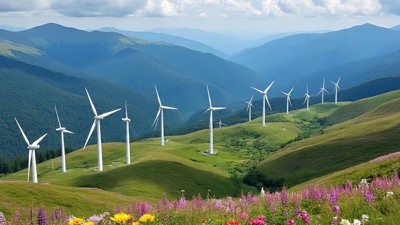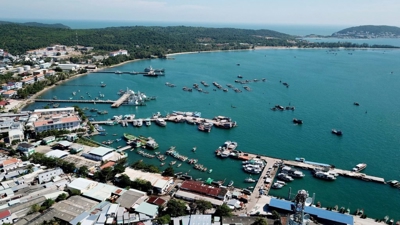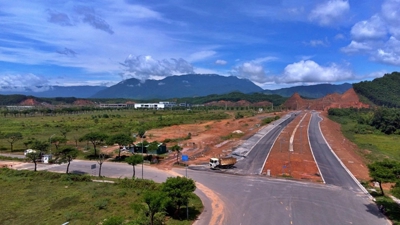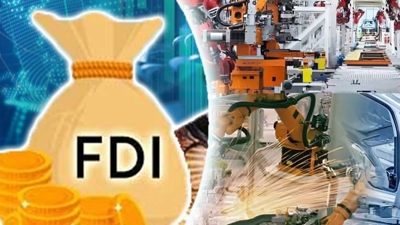Green livestock farming is to be further promoted
Vietnam’s livestock farming has rapidly developed with the average growth rate of between 5 - 7% annually.
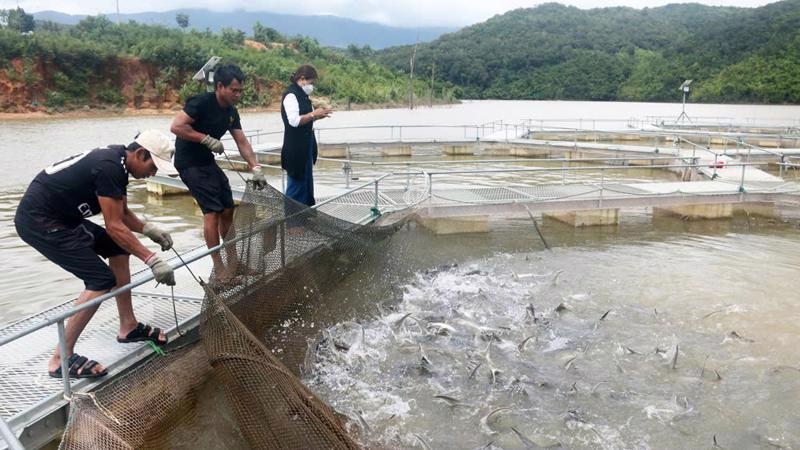
Livestock farming and aquaculture are sectors that are heavily impacted by climate change, but they are also a "culprit" contributing to climate change due to the production of large amounts of greenhouse gases.
According to Dr. Le Thanh Luu, Director of the International Collaborating Center for Aquaculture and Fisheries Sustainability (ICAFIS), disease outbreaks have caused severe damage to farmers; climate change with extreme phenomena such as drought and saltwater intrusion has affected water quality and production. In addition, environmental pollution from industrial and agricultural production activities has also created many difficulties for the aquaculture sector.
Furthermore, intensified competition and rising trade barriers from major seafood importers like North America and the EU have significantly impacted Vietnam's livestock farming and aquaculture sectors, he added.
To address these challenges, Dr. Luu recommended that the fisheries sector, particularly aquaculture, accelerate the development and application of climate-adaptive farming technologies. He also called for a roadmap to transition towards a circular and green economy, with policies supporting businesses and farmers in adopting new production methods, obtaining essential certifications, and meeting carbon reduction targets.
Vietnam’s livestock farming has rapidly developed with the average growth rate of between 5 - 7% annually, making significant contribution to the economic value of the agriculture sector and becoming a pillar of the country’s agriculture.
Statistics from the Ministry of Agriculture and Rural Development’s Directorate of Fisheries, the total seafood production in the first six months of 2024 reached over 4.38 million tons, an increase of 2.7% compared to the same period in 2023; of which aquaculture accounted for over 2.43 million tons. The total export turnover of seafood was $4.355 billion, up 4.9% compared to the same period in 2023.
In Decision No 1520/QĐ-TTg dated October 6, 2020, the Prime Minister outlined specific goals and strategies to promote the development of a green, clean, and sustainable livestock industry by 2045.
Reducing greenhouse gas emissions from livestock farming and aquaculture is crucial for building a green, sustainable economy. One promising solution is to adopt low-emission feed alternatives.
In addition, the Agriculture and Rural Development Ministry’s Department of Livestock emphasized that transitioning to a green livestock model is not only essential but also the only path for sustainable growth in Vietnam’s livestock industry.
Therefore, one of the top priorities for greening the livestock sector is to enhance international cooperation and technology transfer to access advanced scientific and technological advancements worldwide.
To achieve this, a top priority is to strengthen international cooperation and technology transfer to access cutting-edge scientific and technological advancements globally.
According to the Foreign Investment Agency under the Ministry of Planning and Investment, total foreign direct investment (FDI) in Vietnam's livestock sector has reached $2.2 billion, spread across 81 diverse projects spanning the entire livestock value chain from breeding, feed, to product processing.




